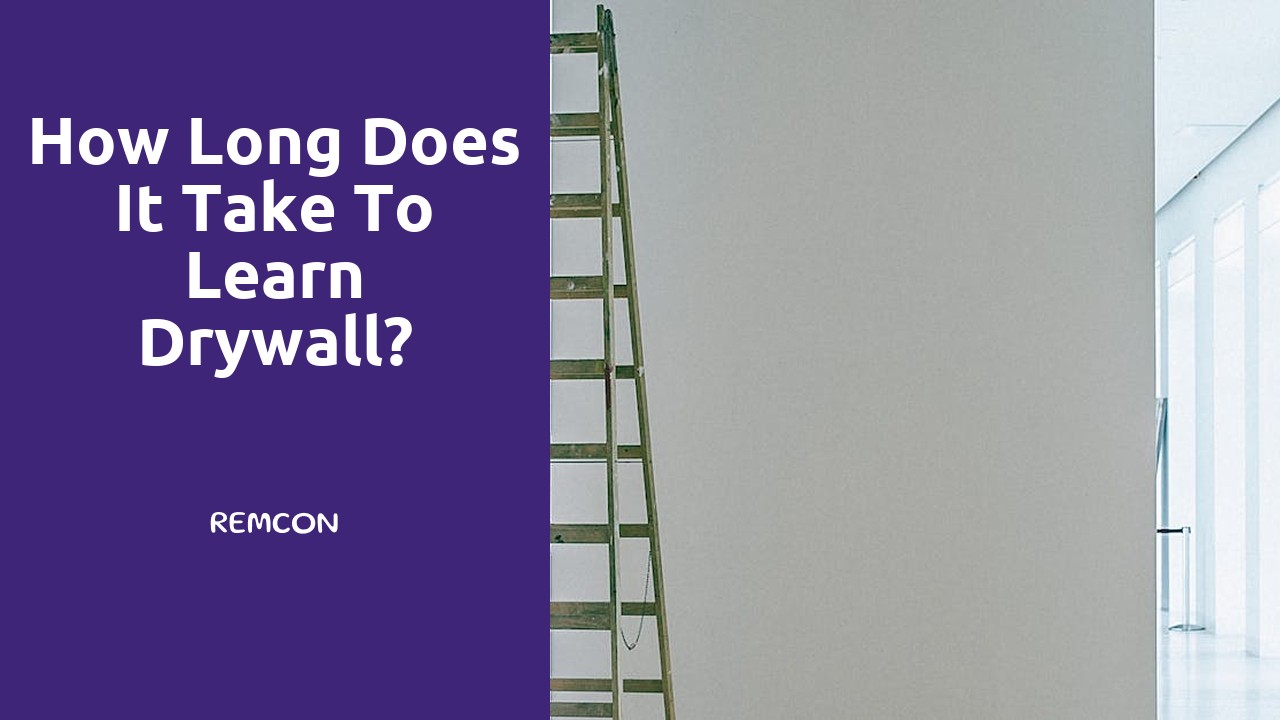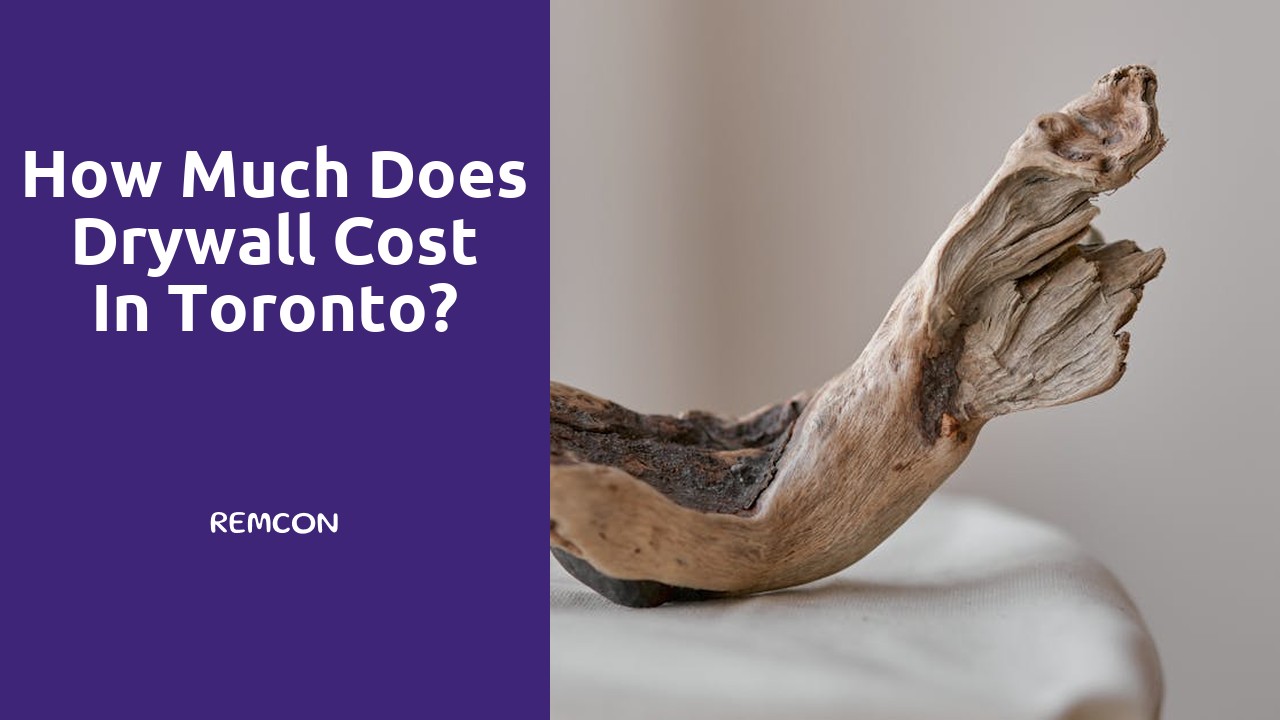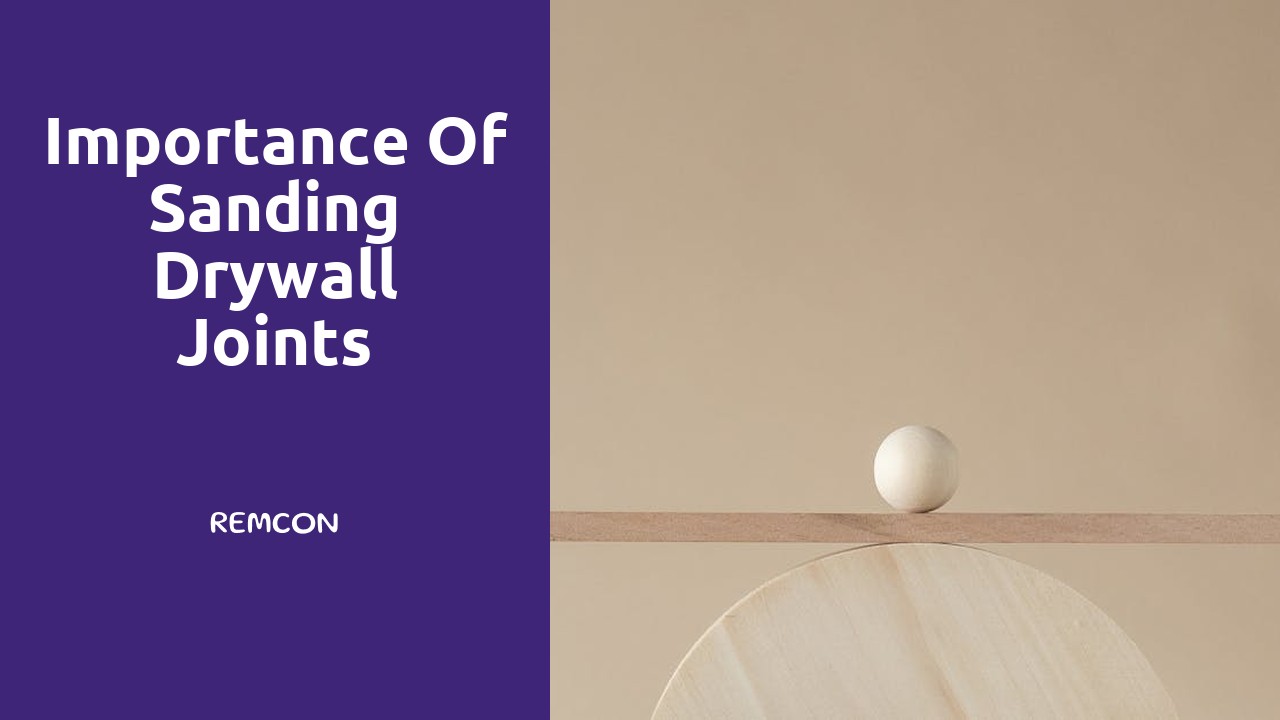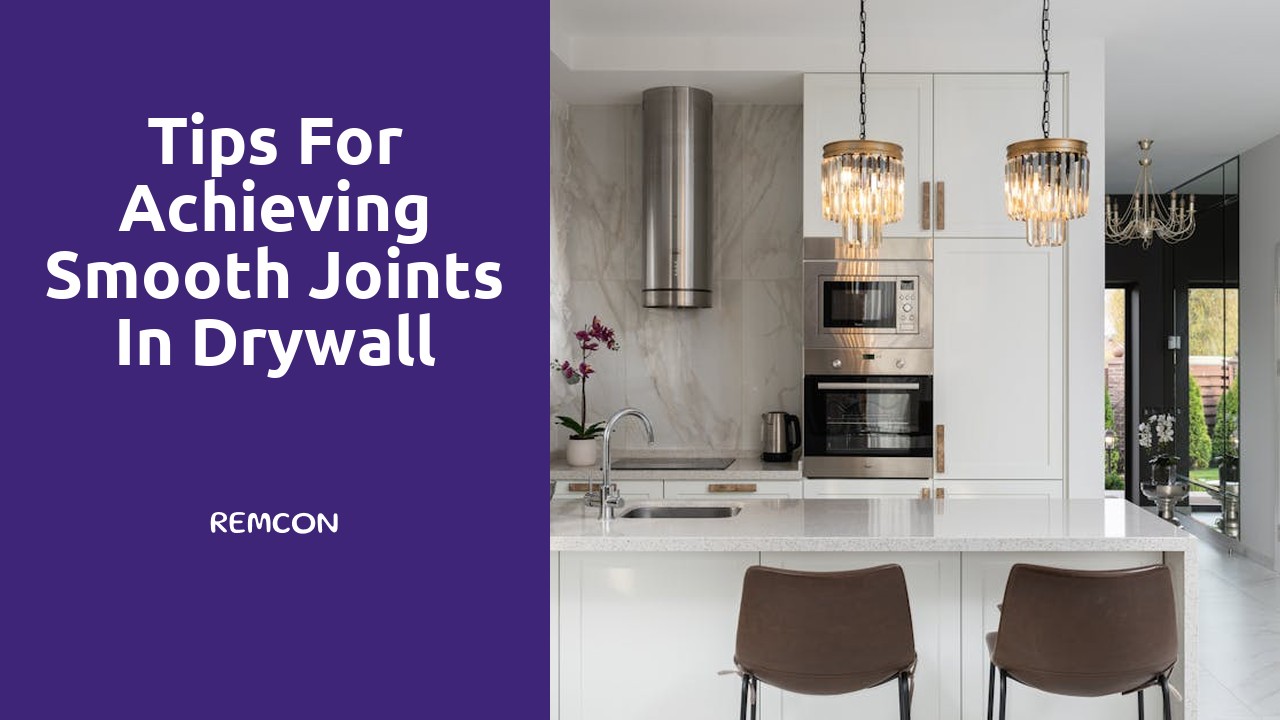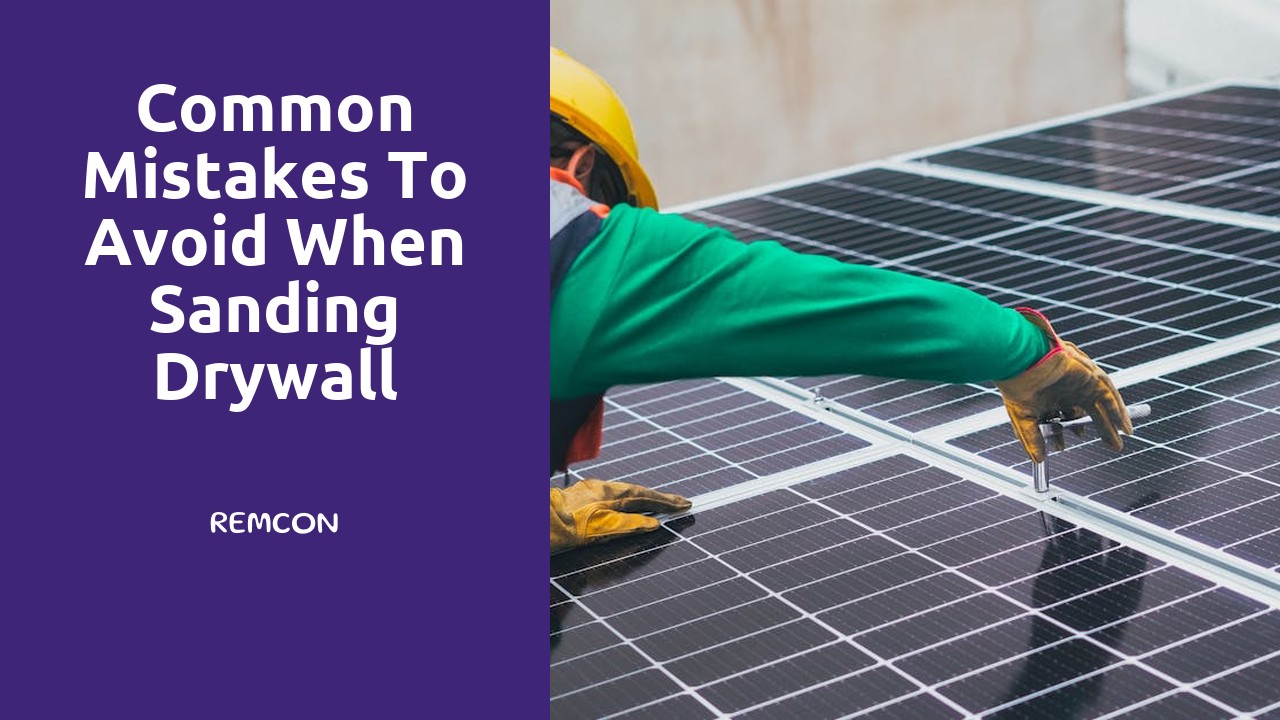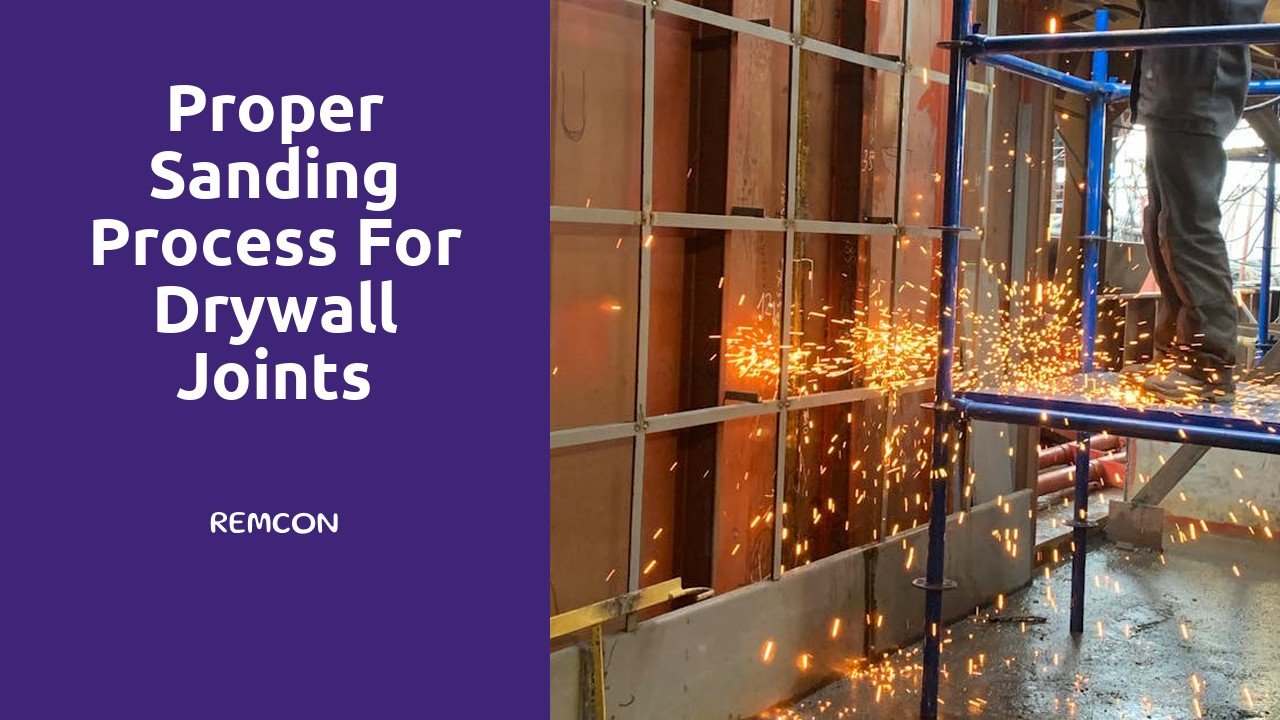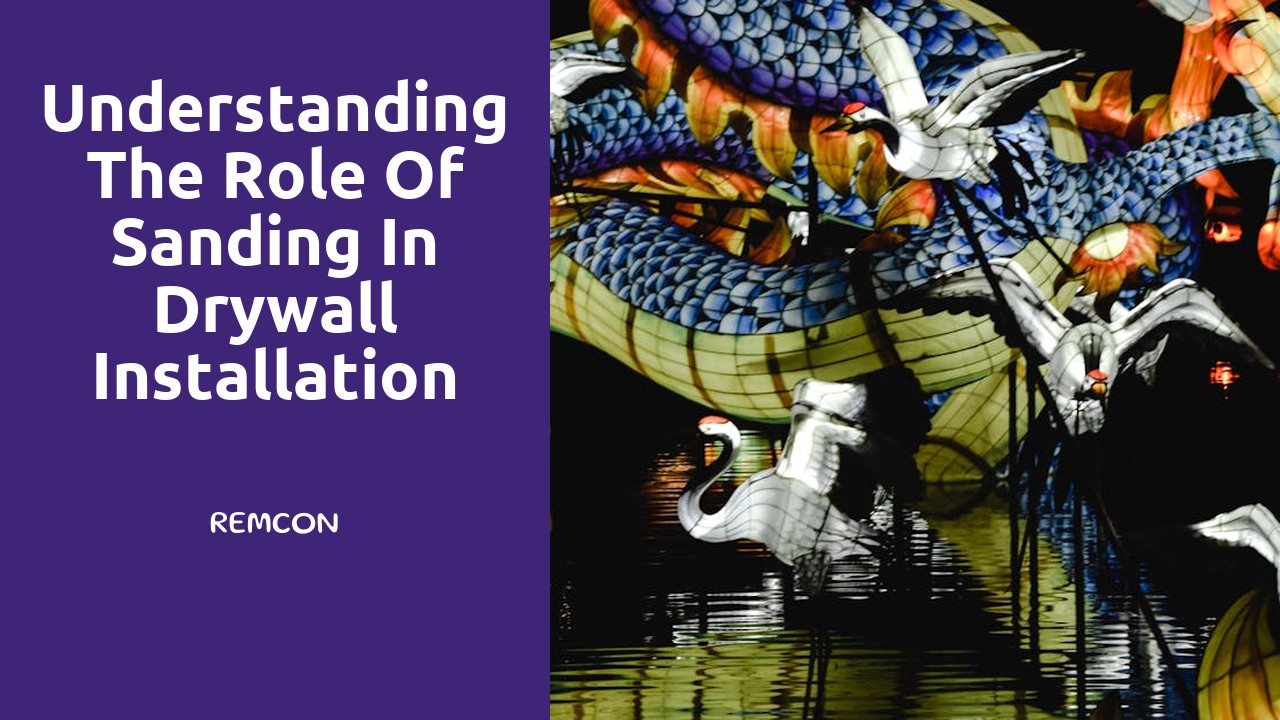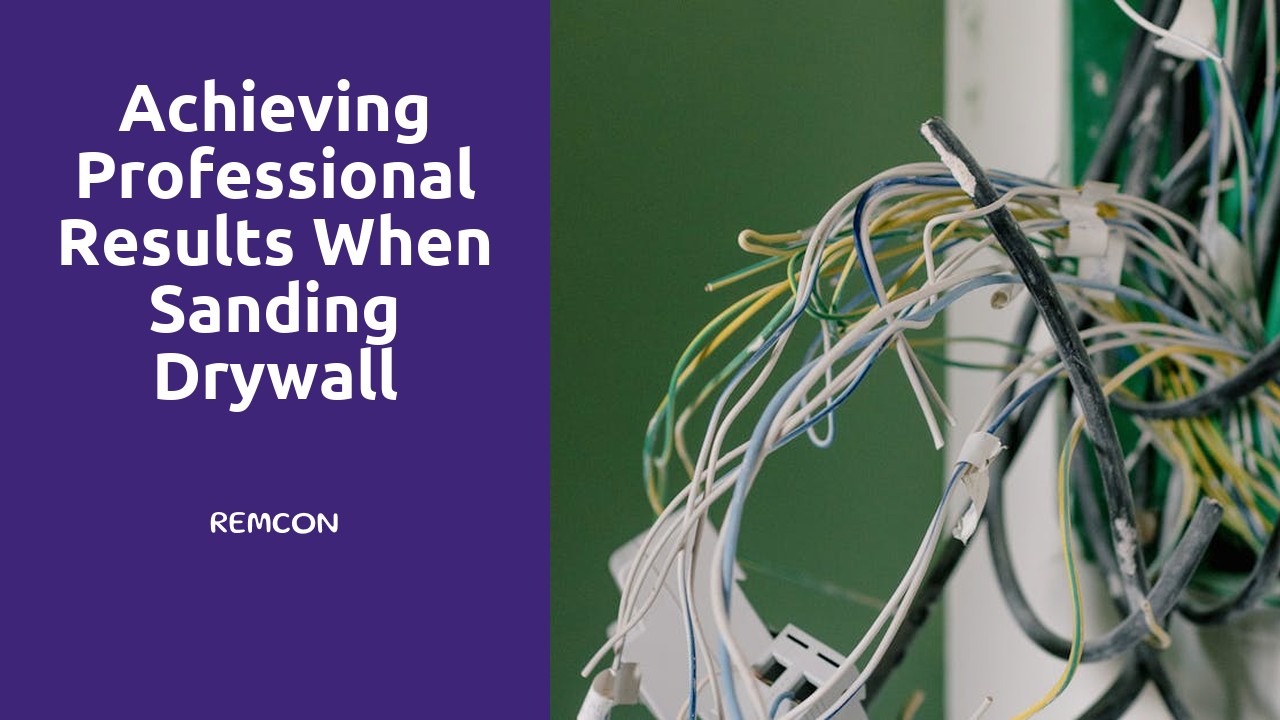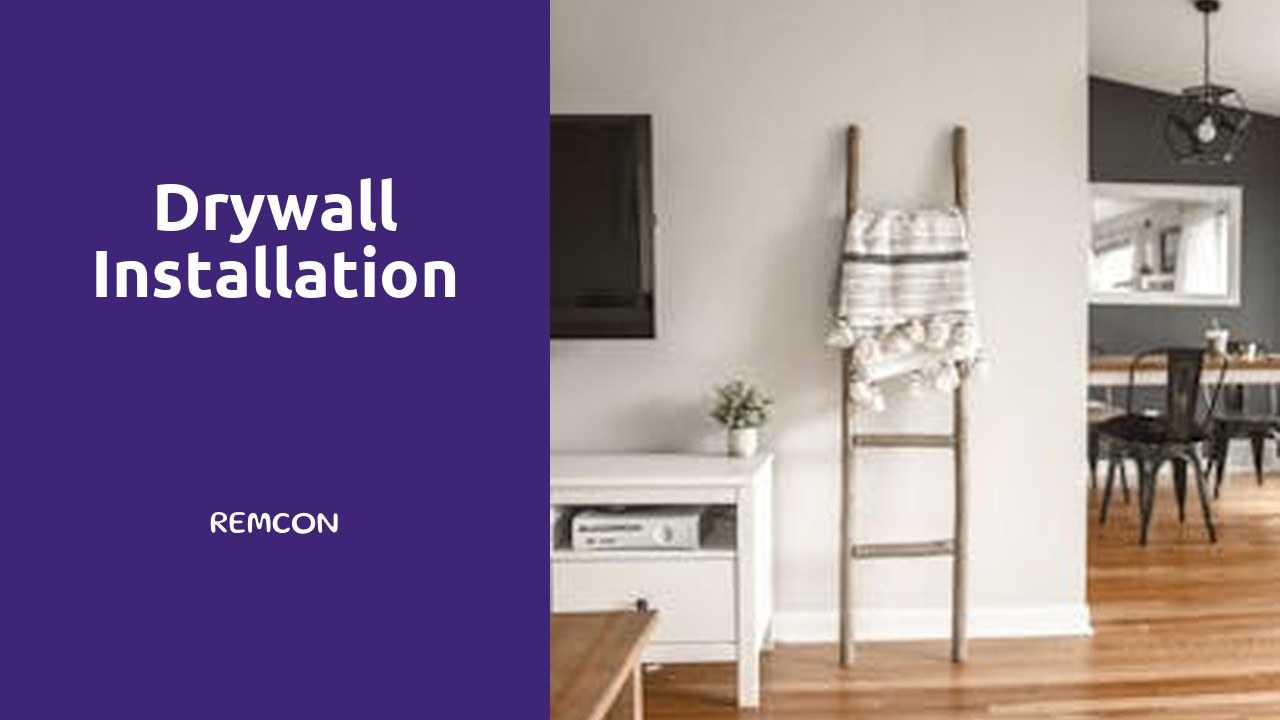
Drywall Installation
Table Of Contents
Remcon Clean provides exceptional drywall installation services to clients in need of building or renovation projects. With skilled and experienced professionals, we guarantee a precise and durable installation that will contribute to the overall quality and aesthetics of the space. We take pride in using high-quality materials and employing the latest industry techniques to ensure a flawless finish. Our team is dedicated to completing projects efficiently and within budget, leaving our clients satisfied with the final result. Trust Remcon Clean for all your drywall installation needs in Canada.
Priming the Drywall
Before moving on to the exciting stage of adding color or wallpaper to your freshly installed drywall, it is crucial to properly prime the surface. Primer acts as a base coat that helps seal the drywall, creating a smooth and uniform surface for the paint or wallpaper to adhere to. It also enhances the durability of the finished look and helps prevent the paint from soaking unevenly into the drywall.
To prime the drywall, start by ensuring the surface is clean, dust-free, and dry. Using a high-quality paint roller or brush, apply the primer evenly across the entire surface. Be sure to work in small sections, overlapping each stroke slightly to avoid leaving visible lines or streaks. Allow the primer to dry completely as per the manufacturer's instructions before proceeding with the next steps in the finishing process. Properly priming the drywall sets the foundation for a professional and long-lasting paint or wallpaper finish.
Preparing the surface for paint or wallpaper
Before applying paint or wallpaper to your drywall, it's crucial to properly prepare the surface to ensure a smooth and flawless finish. Start by sanding down any rough patches or uneven areas on the drywall using a fine-grit sandpaper. This step helps to create a uniform surface for the paint or wallpaper to adhere to, resulting in a professional-looking outcome. Make sure to pay close attention to corners and edges, as these areas can be tricky to sand evenly.
Next, remove any dust and debris left from the sanding process by wiping down the entire surface with a damp cloth or sponge. This will help to ensure that the paint or wallpaper goes on smoothly and adheres properly to the drywall. Additionally, consider applying a coat of primer to the drywall before painting, as this will further enhance the durability and finish of the final product. Properly preparing the surface for paint or wallpaper is a crucial step in the drywall installation process and can make a significant difference in the overall appearance and longevity of your walls.
Painting or Wallpapering the Drywall
After the drywall has been properly prepared and primed, it is time to add the finishing touch with paint or wallpaper. When choosing paint, make sure to select a high-quality product that suits the room's purpose and ambiance. Consider factors such as lighting, furniture, and personal preferences when selecting a colour scheme. If opting for wallpaper, ensure it is applied smoothly and evenly for a professional finish.
Painting the drywall requires patience and attention to detail. Begin by applying a coat of primer to ensure the paint adheres evenly and lasts longer. Once the primer has dried, use a roller or brush to apply the paint in smooth, even strokes. Allow each coat to dry completely before applying the next one. For wallpapering, carefully measure and cut the wallpaper to fit the walls precisely. Use a wallpaper adhesive to affix the wallpaper, ensuring there are no air bubbles or wrinkles.
Adding the final decorative touch to the walls
When it comes to adding the final decorative touch to your drywall, consider the many options available to enhance the appearance of your walls. One popular choice is to apply a textured finish. Texturing can hide imperfections in the drywall and add depth and interest to the surface. There are various techniques for creating texture, such as stippling, combing, or sponging, each offering a unique look to suit your aesthetic preferences.
Another way to elevate the look of your walls is by installing wainscoting or chair railing. These decorative elements not only protect the lower portion of your walls from scuffs and scratches but also add a touch of elegance and sophistication to your space. Wainscoting, which typically consists of wood panels or beadboard, can bring a classic and timeless charm to any room. On the other hand, chair railing, placed at chair height or higher, can help divide the wall visually and provide an opportunity to introduce contrasting paint colours or wallpaper patterns for added visual interest.
Cleaning Up After Installation
After completing the installation of drywall, it is vital to tidy up the workspace efficiently. Start by gathering any leftover materials, such as drywall scraps, tape, and joint compound, and dispose of them properly. Remove any tools that were used during the installation process and clean them before storing them away. It is essential to maintain a clean and organized work area for safety and to prevent any potential hazards.
Next, inspect the newly installed drywall for any imperfections or damages that may need to be addressed before proceeding with the finishing touches. Repair any cracks, dents, or rough spots on the drywall to ensure a smooth and flawless surface for painting or wallpapering. Once the necessary repairs have been made, you can proceed with priming and painting the drywall to give it a polished and professional-looking finish. By taking the time to clean up and inspect the drywall after installation, you can ensure that the final result is of high quality and visually appealing.
Properly disposing of debris and materials
Disposing of debris and leftover materials after drywall installation is a crucial step in the process. Proper disposal not only ensures a clean and safe work environment but also contributes to environmental responsibility. It is essential to dispose of drywall debris and packaging materials in accordance with local regulations and guidelines to minimize any negative impact on the environment.
One effective way to dispose of drywall debris is to separate and recycle materials whenever possible. Cardboard packaging can be broken down and placed in recycling bins, while scrap drywall pieces can be collected and taken to a designated construction and demolition recycling facility. By making a conscious effort to recycle and dispose of materials properly, you are not only completing the installation process responsibly but also doing your part in promoting sustainability.
FAQS
What is the purpose of priming the drywall?
Priming the drywall helps to seal the surface, improve paint adhesion, and create a uniform finish.
How should I prepare the surface for paint or wallpaper after drywall installation?
To prepare the surface, fill any gaps with joint compound, sand the walls smooth, and apply a coat of primer before painting or wallpapering.
What is the best way to paint or wallpaper newly installed drywall?
When painting or wallpapering drywall, start with a primer coat, use high-quality paint or wallpaper adhesive, and apply multiple coats for a professional finish.
What are some final decorative touches I can add to the walls after drywall installation?
Consider adding crown molding, wainscoting, or decorative trim to enhance the appearance of your walls after drywall installation.
How should I clean up after drywall installation?
After installation, clean up by properly disposing of debris and materials, vacuuming or sweeping the area, and wiping down surfaces to remove dust and debris.
